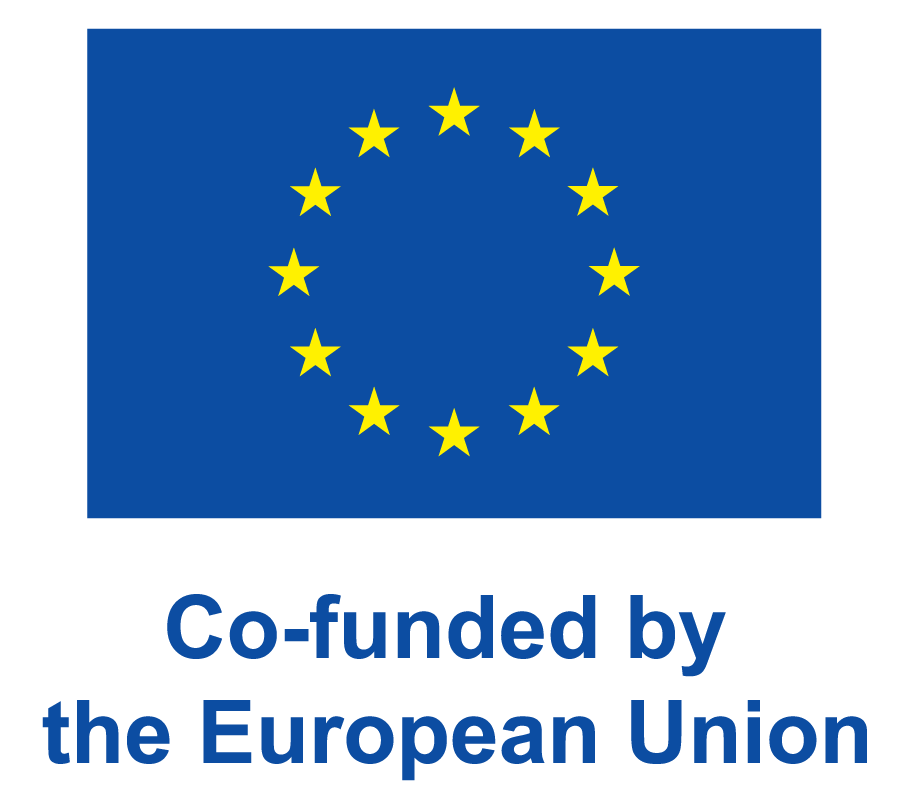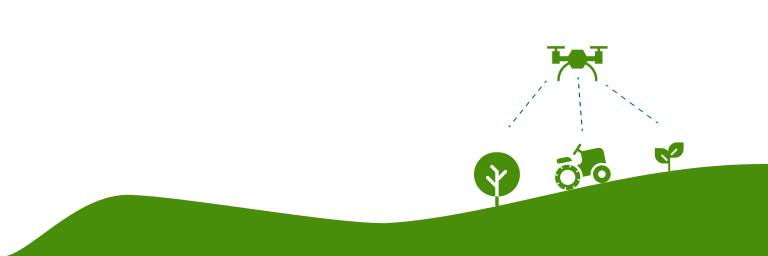In addition to input costs remaining above long-term average and some agricultural commodity prices declining, EU farmers have had to face diverse and difficult weather conditions in spring, leading to reduced yield projections and quality for several agricultural commodities. However, some early signs of improvements are arising at the horizon. For example, fertilisers have become more affordable following the drop in natural gas prices. While still above the general inflation rate, EU food inflation starts to stabilise. Published by the European Commission, the summer 2023 edition of the short-term outlook report for EU agricultural markets presents the latest trends and prospects for agricultural markets.
Adverse weather events in spring – droughts, rain deficit or excessive rainfall – resulted in delayed flowering, late sowings, increased risk of pest or reduced availability of water up to complete crop destruction in the case of the most severe events. The situation is contrasted in EU regions.
The growth of input costs observed in the aftermath of Russia’s unprovoked war in Ukraine is slowing down, and even starts declining. However, they remain well above average. Certain farmers still experience financial pressure and cash-flow difficulties.
In that context, the Commission adopted today its exceptional support package of €330 million• presented on 23 June 2023. EU farmers from Belgium, Czechia, Denmark, Germany, Estonia, Ireland, Greece, Spain, France, Croatia, Italy, Cyprus, Latvia, Lithuania, Luxembourg, Malta, Netherlands, Austria, Portugal, Slovenia, Finland, and Sweden will benefit from this extra financial support wile farmers from Bulgaria, Hungary, Poland, Romania and Slovakia are covered by a separate aid of €100 million to face market imbalances. All countries may complement this EU support up to 200% with national funds. Several other measures, including a possibility of higher advance payments should support farmers affected by adverse climatic events.
The EU’s general macroeconomic situation continues to face imbalances and uncertainties. Inflation in the euro area is expected to reach 5.4% in 2023, with food inflation contributing to 39% of total price increases at consumer level.This continues to impact consumers’ purchasing decisions, benefitting retailer brands and cheaper products within or not the same category, for example poultry over beef meat. Dairy products, fresh fruit and vegetables and organic products continue being affected by weaker demand. It has also been particularly difficult for the wine sector with wine consumption’s drop, especially for red and rosé wine, and lower exports compared to a historic level achieved in the last two years. This is why the Commission has recently allowed the financing of crisis distillation to support EU wine producers.
Arable and specialised crops
EU cereal and oilseed production could increase in 2023/24, by 5% and 8% respectively. EU exports of cereals could continue to grow, by about 6% while EU imports of cereals, particularly from Ukraine, are expected to decline by 35% from a historically high level observed in 2022/23. This is due to ongoing work to improve the logistical chains and infrastructures for Ukrainian imports but also to a higher EU domestic production. A similar trend is expected for imports or rapeseed and sunflower seeds.
The sugar sector is experiencing record prices, and the EU production of white sugar for 2022/2023 is estimated to be lower to 2021/22 by 12%. As a result, EU imports of sugar could increase. The EU production could pick up in the next marketing year with an expected increase of 15.5 million tonnes despite a late start of the beet sowing campaign. EU consumption of sugar remains stable, regardless of high prices.
The high prices have a contrasted impact on the consumption of fresh fruit and vegetables with fresh peaches and nectarines negatively affected (also due to lower quality) while fresh tomatoes remain unaffected, also thanks to stable domestic availability.
Animal products
Considering lower average raw milk prices, and input costs that still stay high, EU milk deliveries in 2023 could be 0.2% lower than last year as slaughterings are likely to accelerate over the summer to balance the financial situation at farm level. Some early signs have already been observed in some EU countries.
EU exports of skimmed milk powder, butter and whey products increased respectively by 33%, 11% and 5% from January to March 2023. This is thanks to a drop in EU dairy prices and their increased competitiveness compared to the main competitors. This could have a positive impact on an expected export recovery, especially for butter and skimmed milk powder.
EU production of beef recorded a 3.7% decline in the first quarter of the year and is expected to land a 1.8% decrease this year. A lower beef supply continues supporting EU beef producer prices. The consumption of beef keeps decreasing in the EU with 1.7% less than last year, at 10kg per capita. Low numbers of slaughtered pigs on the EU market continue supporting high pig prices while EU demand stays high. However, the per capita consumption of pigmeat in the EU could decline and be around 30.4 kg in 2023.
In contrast with developments in the beef and pigmeat sectors, suffering from declining reproductive herds and still high input costs (mainly feed), the EU poultry production could grow by 2.4% in 2023. EU per capita poultry consumption could grow by almost 1 kg but this is not expected to fully compensate for losses in other types of meats, and so the aggregated EU meat consumption could drop by 0.7 kg (-1%) in 2023.
Updated balance sheets are included in the latest short-term outlook report and are also available in the agri-food data portal.



